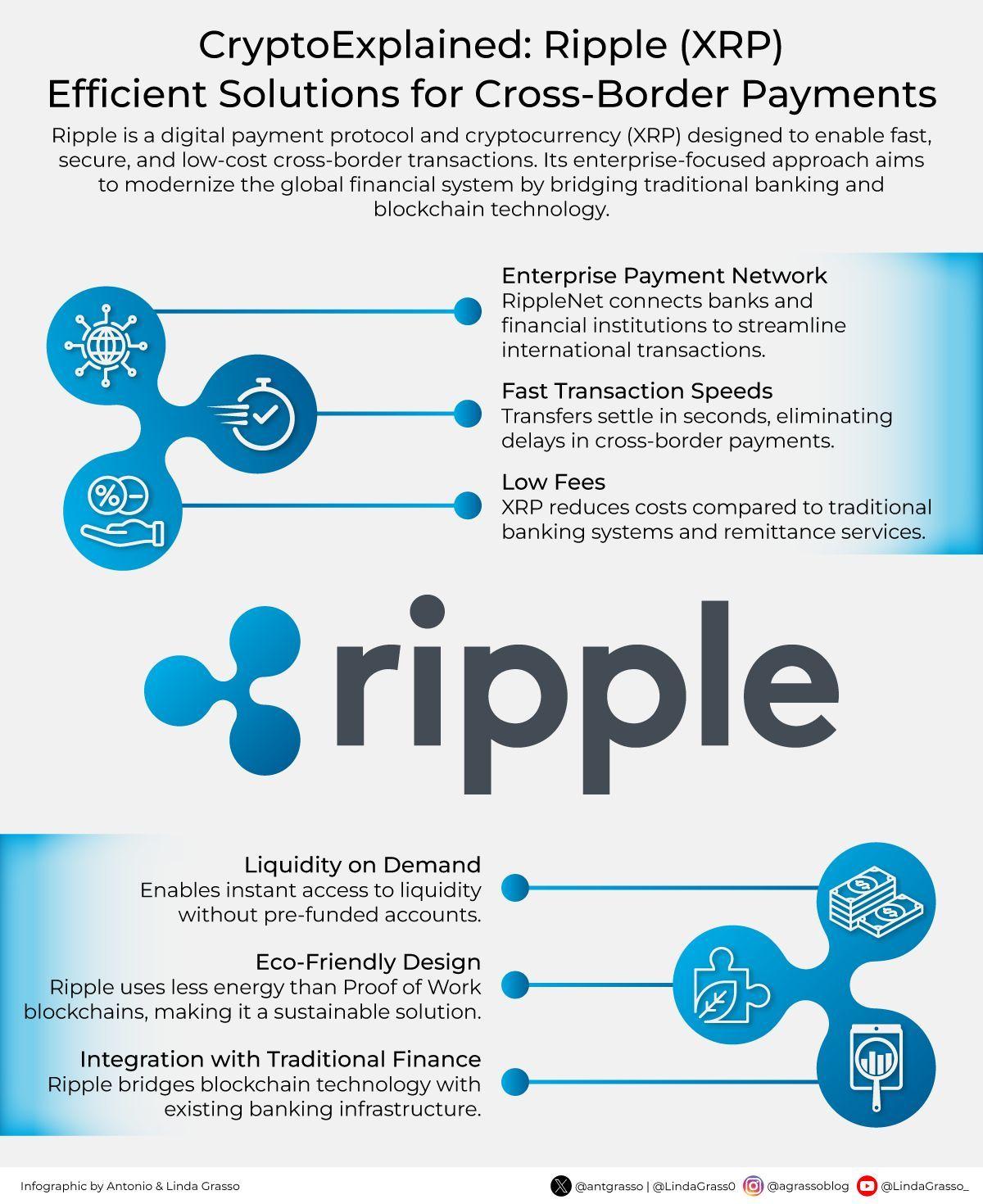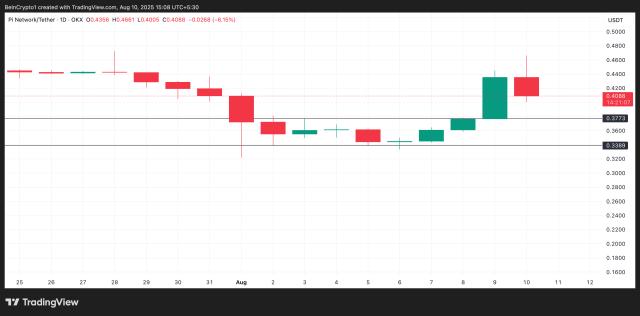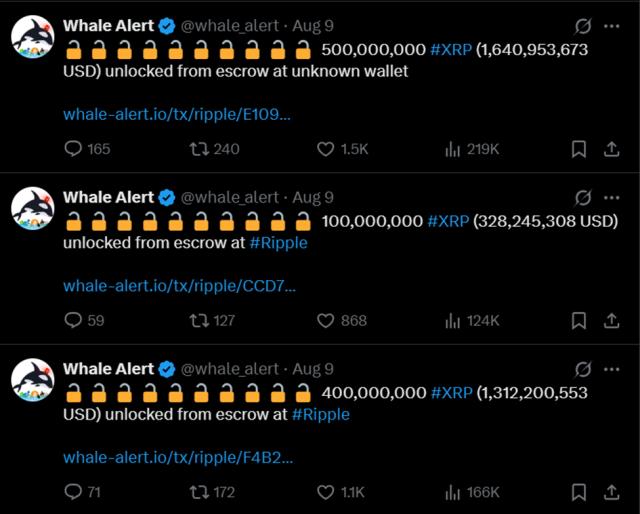A controversial theory by Versan Aljarrah, founder of Black Swan Capitalist, suggests that Bitcoin may be operating as a digital collateral to support Ripple's liquidity corridors.
According to his hypothesis, BTC could be funding Ripple's On-Demand Liquidity (ODL) system, playing a more active role than previously understood.
Bitcoin as Unseen Liquidity Support
If true, this theory challenges the idea that Bitcoin and Ripple operate independently.
Instead, it suggests a strategic relationship between major digital assets, indicating deeper integration in the global financial infrastructure.
Aljarrah proposes that Ripple's global payment network—built around XRP as a bridge asset for cross-border transactions—may be silently supported by Bitcoin.
From this perspective, BTC acts as a backstop asset, pumping stored value into Ripple's ecosystem to facilitate institutional payments.
He argues that this process may be occurring without public acknowledgment, allowing Ripple to expand its system while leveraging Bitcoin's relative price stability.
This redefines Bitcoin's role from being just a "digital gold" to an important liquidity source for Ripple.
It suggests that BTC may not only be a passive value store, but also function as a bridge into active financial infrastructure.
Towards a Hybrid Financial Architecture
Aljarrah sees this potential interaction as part of a broader strategy. Bitcoin would operate as a decentralized reserve, while Ripple uses its ODL technology to efficiently mobilize that value for real-time finance.
 Ripple (XRP) as a solution for cross-border payments. Source: X/@antgrasso
Ripple (XRP) as a solution for cross-border payments. Source: X/@antgrassoSuch a structure could optimize the use of both assets and enable a hybrid financial architecture. This model would connect cryptocurrency systems with traditional finance, potentially providing faster and more scalable international capital movement.
Aljarrah is no stranger to bold statements. In March, he suggested that global institutions had predetermined XRP's price, causing controversy in the cryptocurrency community.
He also claimed that central banks may have secretly used XRP, comparing its current market value to the pre-IPO phase.






